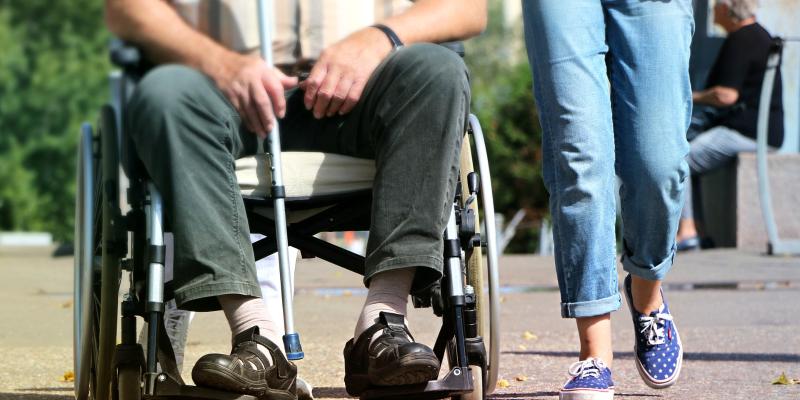Home-based hospice care is provided to the terminally ill at their homes. This type of care is dedicated to both children and adults suffering from terminal cancer and other incurable diseases. It is also a form of care for the elderly people.
Home-based palliative hospice care is financed by the National Health Fund (NFZ) and often run by non-governmental institutions.
Who needs home-based hospice care?
Palliative and hospice care benefits are designed to alleviate pain and other somatic symptoms, and also to relieve psychological and spiritual distress. These benefits also include assistance to the families of patients, both in the course of the disease and after their death.
Eligible for home-based hospice care are patients with specific diseases listed as the annex to the Regulation of the Minister of Health on guaranteed palliative and hospice care benefits.
For adults, these diseases include, but are not limited to, cancers and HIV-related diseases. In the case of children, these are, for instance, cancers, metabolic disorders, pervasive developmental disorders, congenital developmental anomalies and congenital viral diseases.
What is in it for the patient?
Home-based hospice care includes, but is not limited to, services provided by physicians and nurses, pain management, psychological care for the patient and his or her family, and also free rental of medical equipment (e.g. crutches, walkers, wheelchairs, glucose meters or tension meters).
Home-based hospice benefits are subject to medical prescription. Any terminally-ill patient is entitled to receive such care. Home-based hospice care should start on the same day it has been requested or a day after, as agreed with the patient and/or family.
Home-based hospice operates within an average radius of 30 kilometres. For children, this distance is larger and might reach up to 100 kilometres (equal to approx. 2 hours of car travel).
Who takes care of patients?
Home-based hospice services are provided by physicians, nurses, psychologists, physiotherapists, social workers, and clergymen, if needed.
They are available to the patient seven days a week (including holidays), ready to provide phone advice and, where needed, visit the patient at home.
Physician-provided care includes at least two visits a month, while nurse visits are, on average, paid three times a week, as needed. The visits of other hospice personnel members are arranged at the discretion of the hospice physician.
Aware and dignified death
The Home-Based Hospice Association (SHD), which operates mainly within the right-bank Warsaw and neighbouring towns, makes a point that its objective is to ensure that patients have the right conditions to pass away peacefully at their own homes.
The SHD’s personnel does its best to ensure that the patients can live out their last days in relative comfort, and enable them to pass away with awareness and dignity, and also to support their close ones as they watch them depart.
The Warsaw Hospice for Children Foundation also points out that palliative care is not about prolonging or shortening life. Rather, it argues, the aim is to improve the quality of the last days of life.
In practice, in addition to nursing, pain management and symptomatic treatment, hospice helps cope with everyday-life problems and activities, including childcare, shopping and household chores.









Comments (0)